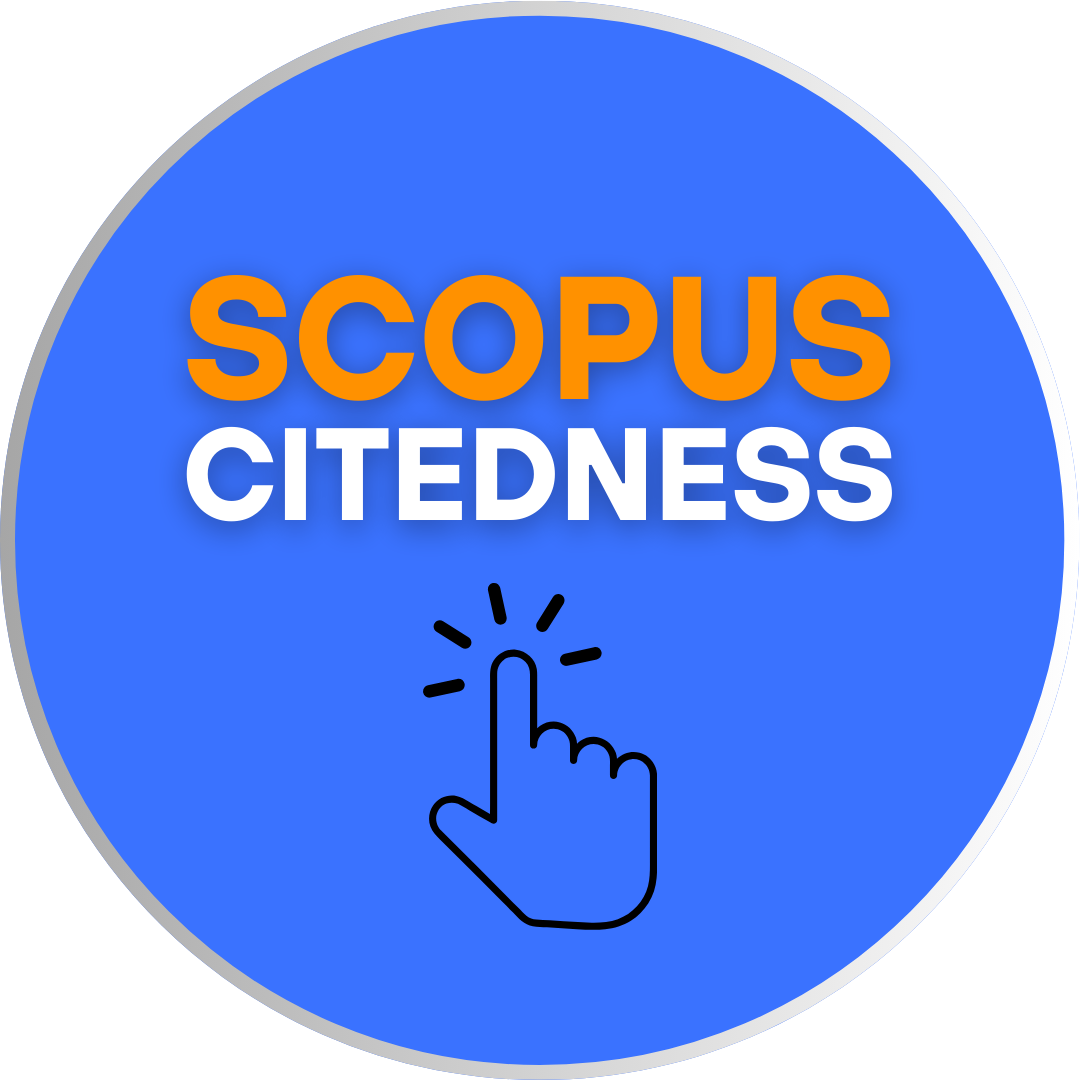JON M. CHU’S FILM CRAZY RICH ASIANS: THE INTERPLAY OF WESTERN AND EASTERN CULTURES
DOI:
https://doi.org/10.18592/let.v11i1.4521Abstract
The film Crazy Rich Asians released in 2018 represents a complexity of social interactions among people with different cultural background. The adaptability to new environments is not always easy; yet, the main character is persistent and capable of maintaining her identity. Being an American born Chinese, Rachel Wu, the main character is depicted as a "banana". --yellow on the outside, white on the inside. Feeling like a curse to feel like an outsider in both the country, the main character was born in or the one her parents come from. The article aims to sketch the profile of Rachel Wu as a thoughtful, moderate person when dealing with other figures from a society that is exclusively oriented to traditional normsReferences
Boyle, E. A., Anderson, A. H., & Newsland, A. (1994). The effects of visibility on dialogue and performance in a cooperative problem solving task. Language and Speech., 37(1), 1-20.
Brown, P., & Levinson, S. (1987). Politeness: Some universals in language usage.
Cambridge, U.K.: Cambridge University Press.
Callahan, D. (2007). The cheating culture: Why more Americans are doing wrong to get ahead. NY: Houghton Mifflin Harcourt.
Citrin, J., Sears, D. O., Muste, C., & Wong, C. (2001). Multiculturalism in
American public opinion. British Journal of Political Science, 31, 247–275
Colombo, E. (2014) ‘Multiculturalisms.’ Sociopedia, 1–17. doi:
1177/2056846014101.
Cruse, D., A. (2000). Meaning in language: An introduction to semantics and
pragmatics. Oxford: Oxford University Press.
Flowerdew, J. (2012). Discourse in English language education. New York:
Routledge.
Green, G., M (1989). Pragmatics and natural language understanding. Hillsdale,
NJ: Lawrence Erlbaum Associates
Grice, P. (1975) ‘Logic and Conversation’, 41–58. doi: 10.1093/alcalc/agw081.
Hannerz, U. (1999). Reflections on varieties of culturespeak. European Journal of
Cultural Studies, 2, 393–407.
Ho, K., K (2018). Crazy rich Asians is going to change Hollywood. It's about time. Time online magazine. https://time.com/longform/crazy-rich-asians/
Housley, W. &. (2009). Membership categorization, culture and norms in action. . Discourse & Society, 20(3), 345–362.
Hymes, D. (1974). Foundations in Sociolinguistics: An ethnographic approach. Philadelphia: University of Pennsylvania Press.
Kadar, D. Z. (2011) ‘Politeness in China.’ Politeness in East Asia,
–146. doi: 10.1017/CBO9780511977886.008.
Kim, H. S. (2008). Culture and social support. American Psychologist, 63(6), 518–526.
Kim. K., H. (2011). Exploring the Interactions between Asian culture (Confucianism) and creativity. Creative behavior, 41(1), 28-53.
Leech, G. (1983). Principles of pragmatics. London: Longman.
Leech, G., N. & Thomas, J. (1988). Pragmatics: the state of the art. Lancaster
University: Lancaster Papers in Linguistics
Levinson, S., C. (1983). Pragmatics. Cambridge: Cambridge University Press.
Matsumoto, D., Frank, M. G., & Hwang. H., S. (2012). Non verbal communication. New York, NY: Sage Publication.
Malik, K. (2005). Culture, race and social policy. Patterns of Prejudice, 39(4),
–378.
Mey, J.,L. (2004). Pragmatics. An introduction. Oxford: Blackwell Publishing
Pickering, M., & Garrod, S. (2006). Alignment as the basis for successful communication. Research on Language and Computation, 4(1), 203–228.
Pope, R., Reynolds, A., & Mueller, J.A (2004). Multicultural competence in
student affairs. New Jersey: Jossey-Bass Wiley
Thomas, J. (1995). Meaning in interaction: An introduction to pragmatics. London: Longman
Triandis, H. C. (1989). The self and social behavior in differing cultural context. Psychological review, 96(3), 506-520.
Yilmaz, K. (2013). Comparison of quantitative and qualitative research traditions: Epistemological, theoretical, and methodological differences. European Journal of Education, 48(2), 311-325.
Yule, G. (1996). Pragmatics. New York: Oxford University Press.
Downloads
Published
How to Cite
Issue
Section
License
Authors who publish with this journal agree to the following terms:
- Authors retain copyright and grant the journal right of first publication with the work simultaneously licensed under a Creative Commons Attribution License that allows others to share the work with an acknowledgement of the work's authorship and initial publication in this journal.
- Authors are able to enter into separate, additional contractual arrangements for the non-exclusive distribution of the journal's published version of the work (e.g., post it to an institutional repository or publish it in a book), with an acknowledgement of its initial publication in this journal.
- Authors are permitted and encouraged to post their work online (e.g., in institutional repositories or on their website) prior to and during the submission process, as it can lead to productive exchanges, as well as earlier and greater citation of published work.
LET (LINGUISTICS, LITERATURE, AND LANGUAGE TEACHING) http://jurnal.uin-antasari.ac.id/index.php/let/index licensed under a Creative Commons Attribution 4.0 International License.
















